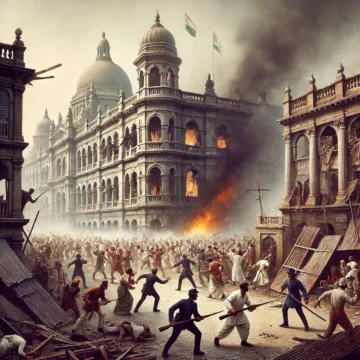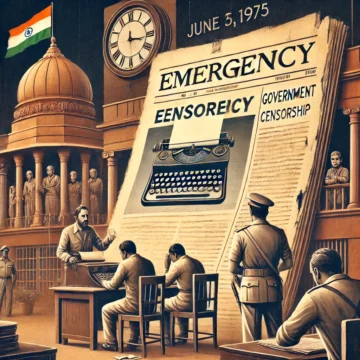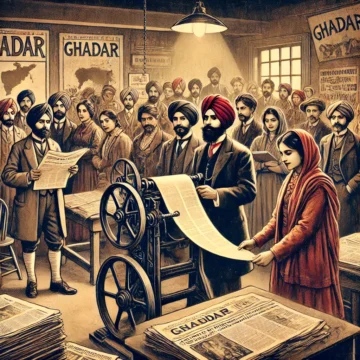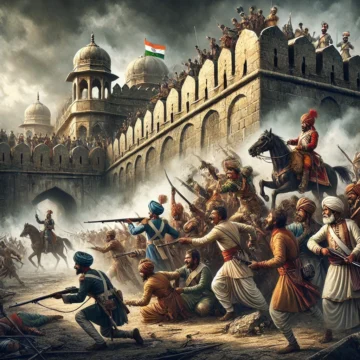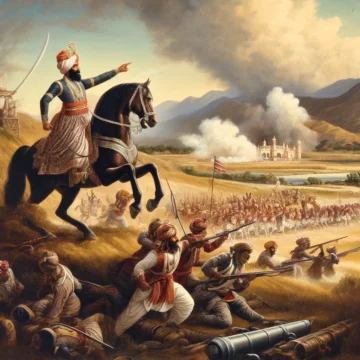The Calcutta Riots of 1926 stand as a grim testament to the severe communal discord during the British Raj. Sparked on 15th July, these riots resulted in over a hundred deaths and countless injuries, deeply scarring the socio-political fabric of Calcutta. This blog delves into the historical context, key events, and long-lasting impacts of this dark chapter in India's history.
Emergency in India: Press Censorship Imposed
Reflecting on the 1975 Emergency in India, this blog explores severe press censorship, the expulsion of reporters, and the political and social turmoil of the era. Declared by Prime Minister Indira Gandhi, the Emergency led to widespread human rights violations and is now remembered as Samvidhan Murder Day, highlighting the ongoing need to protect democratic values.
Indian Freedom Struggle and Formation of Ghadar Party
Explore the Ghadar Party's foundational role in the Indian freedom struggle, established in 1913 by expatriates in San Francisco. This post delves into their radical approach to overthrow British rule, influenced by the discriminatory experiences faced by Indian immigrants in North America and their fierce desire to liberate their homeland.
India’s Freedom Struggle and The Vellore Mutiny of 1806
Exploring a pivotal chapter in India's freedom struggle, the Vellore Mutiny of 1806 served as a crucial precursor to the 1857 uprising. This lesser-known yet significant event highlighted the deep-seated cultural conflicts and the profound discontent brewing among Indian sepoys, setting the stage for future rebellions against British colonial rule.
Maharaja Ranjit Singh and The Battle of Attock
Under Maharaja Ranjit Singh's command, the Maratha Empire showcased formidable military strategies during the Battle of Attock, not only securing a decisive victory but also reshaping the geopolitical landscape of South Asia for generations to come.


